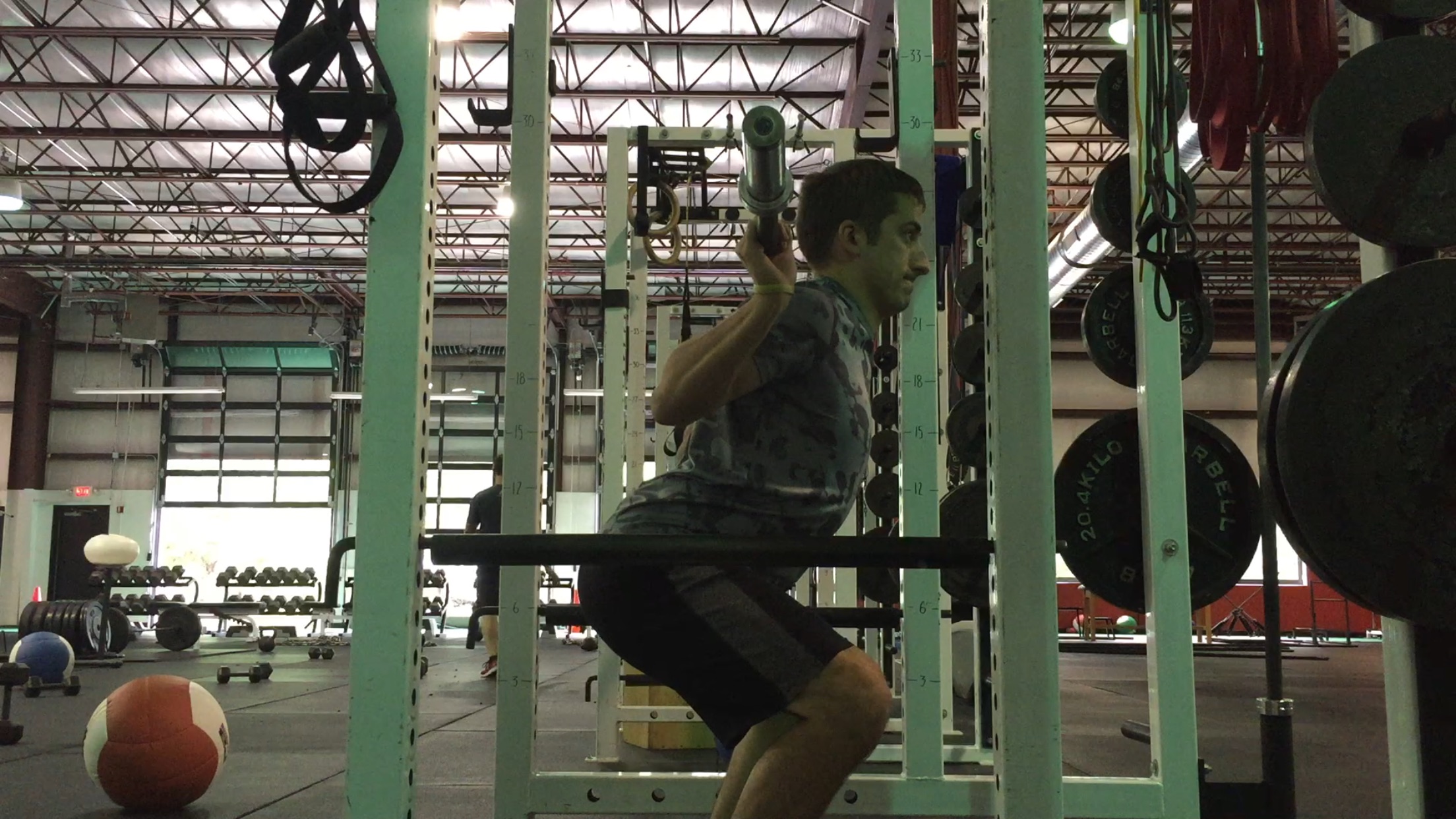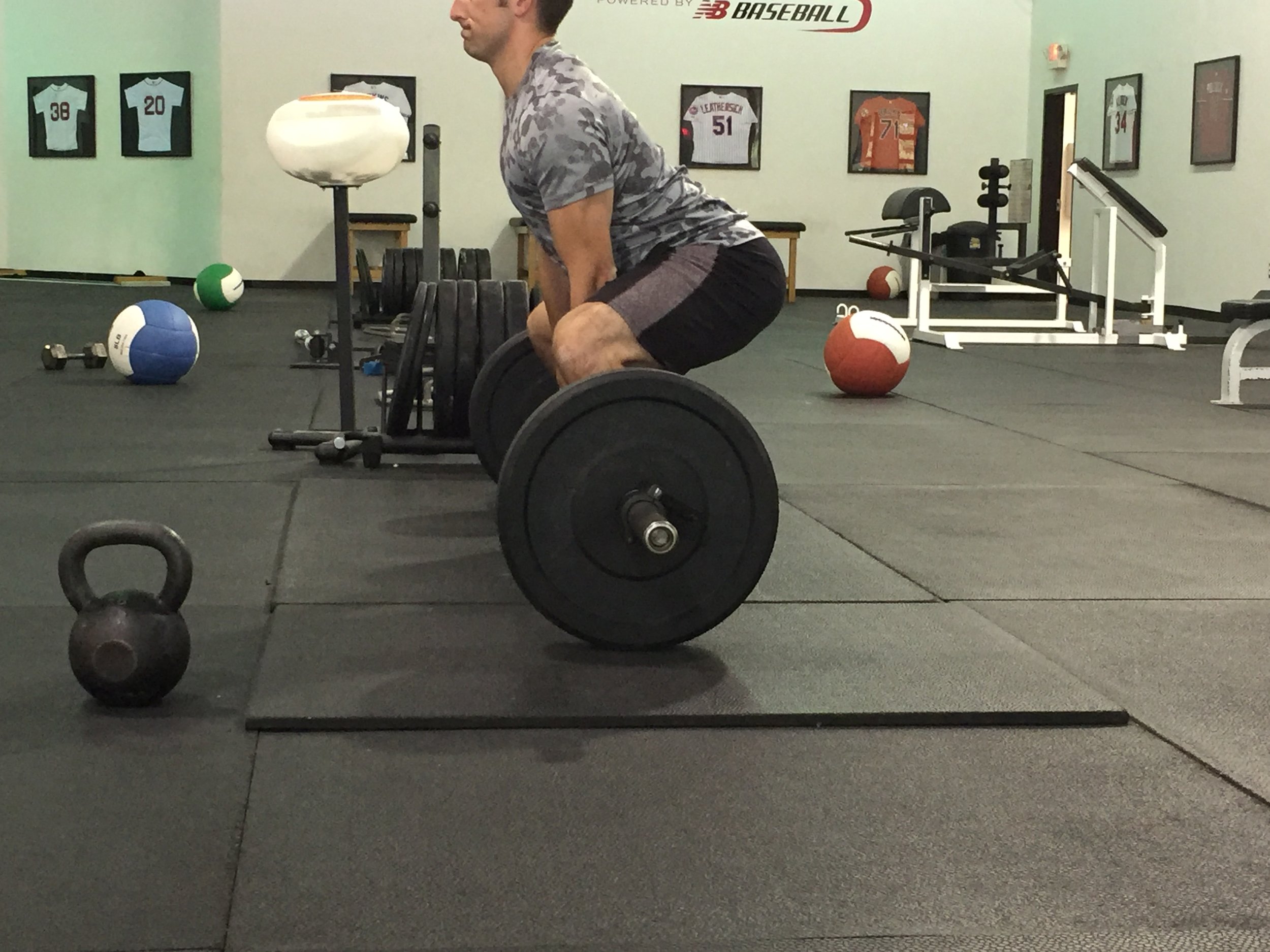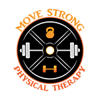Exercise Cues that Need to Stop
Cues during an exercise can be great to help an athlete move and feel better. It can also improve the effectiveness of an exercise so that they are feeling the exercise in the area of the body that they are supposed to. Even better, the right cue at the right time can help get an athlete out of a precarious or even potentially dangerous position and into a better one.
But, there comes a time when a cue or position that a cue puts someone can be overused or the pendulum swings so far in one direction that the correction is too much.
Today, we are going to discuss two of those cues that have swung the other direction on the pendulum.
“Arch Hard”
.png)
.jpeg)
The term “arch hard” has been around for quite some time. It is typically used when someone is squatting or deadlifting. The “goal” of this cue is to get the lifter into a more upright position if it appears that they are rounding over their back during a squat or deadlift.
More often than not, this cue doesn’t help and just makes things worse for the athlete. Also, the fear of rounding one’s back has gotten so great that athletes will be cued into arching their back so far the other direction just to avoid the thought of rounding. In my opinion, we don’t want rounding or arching. Putting the back and trunk in the best possible position to produce force would be ideal.
In the video above, I am sure there are technical things that can be picked apart. For this post, prior to going down to the bar and lifting the weight, I set my trunk in a position in a neutral range between flexed and extended. By doing this, I can use my legs to transfer force through my core to my upper body to pull the weight vs allowing excessive movement through my trunk.
So, instead of using the term “arch hard”, try setting the trunk in a good position first and then use the terms “brace” to teach an athlete to maintain that “neutral” trunk position vs urging them to arch harder. The term “sit back” can also be used and is effective at times for athletes to sit back into their hips in the event the may round or lean forward.
2. “Squeeze Your Shoulder Blades Down and Back.”
This cue is typically used when an athlete is doing a type of rowing motion. Whether it be a 1-arm cable row or a 2-arm variation, this cue is meant to teach the client or athlete to put their shoulder blades in the proper position so they can feel the muscles of their upper back working.
The problem arises when the athlete doesn’t let the shoulder blades come apart and maintains them in this “down and back” position throughout the entirety of the set.
As you can see with this movement, the shoulder blade, aka the scapula, squeezes down and back into the back pocket, but then it never leaves that position and remains retracted (down and back).
The scapulae are meant to move. They are meant to move down and back and should also be allowed to move forward as well. When training the 1 and 2-arm variations of rows, allow the shoulder blades to separate.
The cue we like to use is “allow the shoulder blades to come apart” or “create space between the shoulder blades.”
By doing this, it can help create a better motion of the scapula on the ribcage, allow for better mechanics at the shoulder and ribcage, and actually allows for better training of those muscles that bring the shoulder blade into retraction (down and back).
So if you are using the cues “arch hard” or “squeeze your shoulder blades down and back”, make sure to make some of these small adjustments next time in your own training to improve your training sessions and to help move and feel better.
Move Strong provides physical therapy in Hudson, MA and serves those in Central MA, greater Boston, Worcester, and New Hampshire.



